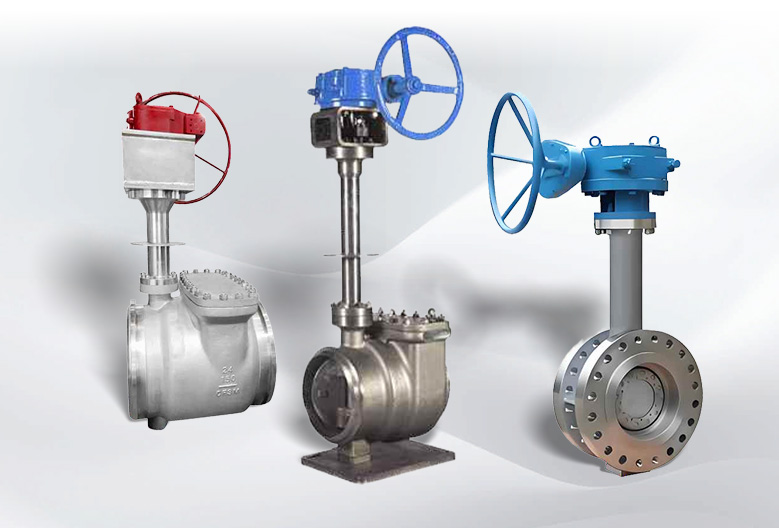Executive standard
Design standards in accordance with API609, ASME B16.34, ASME VI, BS6364, DIN3840.
Connection standards in accordance with ASMEB16.10, IS05752.
Microleakage test according to ISO15848, API622, SHELL SPE77-312TA-LUFT.
Fire test according to API607,BS6755,ISO/FDIS10497.
Strength and sealing tests according to API598, BS6364, EN12266VSO5208.
Material selection
In selecting materials for use in cryogenic conditions, the following two requirements should be considered;
To withstand persistent or instantaneous differential temperature stresses.
Withstand various loads with alternating pressure and temperature without significant elastic-plastic deformation.
Toughness at ultra-low temperatures to prevent brittle fracture.
Ultra-low temperature conditions of the material to have sufficient organizational stability to ensure the sealing.
Pressure resistance, wear resistance, corrosion resistance and weldability.
Cryogenic treatment
Austenitic stainless steel as the main pressure-bearing parts of the ultra-low temperature valve material at room temperature in a sub
Stable state, when the temperature is reduced to the phase transition point Ms point below, part of the austenite will become a body-centered cubic lattice martensite, the valve sealing structure will have a certain degree of deformation.
Below the valve operating temperature.
Deep cold treatment time 2~6h?2~4 times, to eliminate the effects of phase change and plastic deformation of the material, the
Ensure the sealing performance of ultra-low temperature valves.
Long-neck bonnet Structure design
Prevent the packing and the upper part of the bonnet from frosting or freezing due to the overcooling of the stuffing box part.
Prevents the inconsistency between the low-temperature contraction of metallic and non-metallic materials, which results in increased operating torque of the valve and wear of the packing.
The length of the bonnet neck is dimensioned according to the requirements of BS6364 or MSSSP-134.
Determined by testing or validation using finite element analysis at the request of the user.
Trip Tray Structure
Setting up the drip tray slows down the transfer of the medium temperature of the valve body to the upper end of the valve body and the packing parts, and ensures that the temperature of the upper part of the drip tray, the bonnet and the packing parts is above zero degree.
The diameter of the drip tray exceeds the diameter of the middle flange, which can prevent the low-temperature condensed water vapor from dripping down on the middle flange and bolts, causing cold loss and corrosion, and affecting the online maintenance.
Online Maintenance Structure
Quickly disassembles and assembles the valve seat and butterfly plate sealing components online, realizing online maintenance.
No special tools are required for the disassembly and reassembly of the sealing components.





